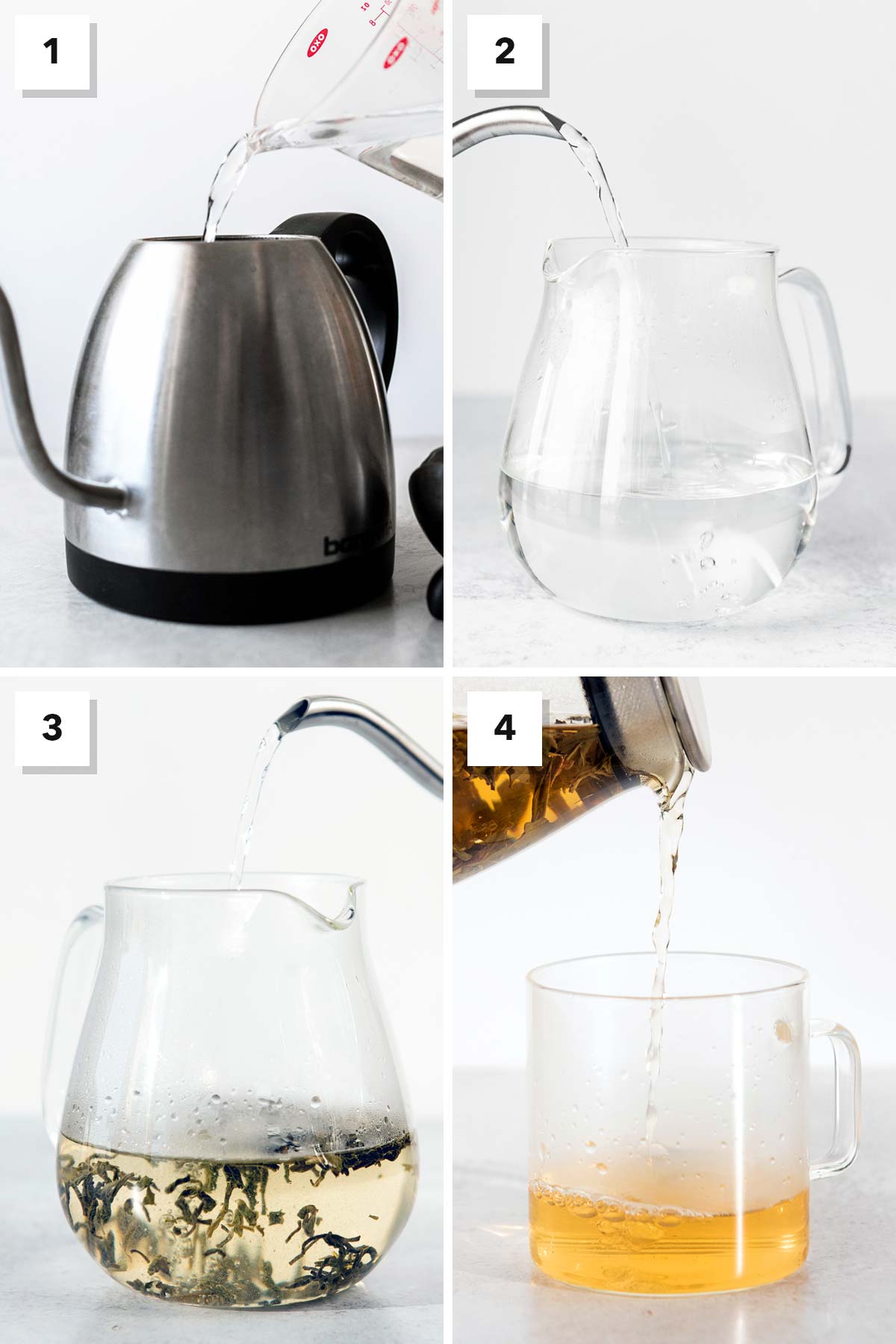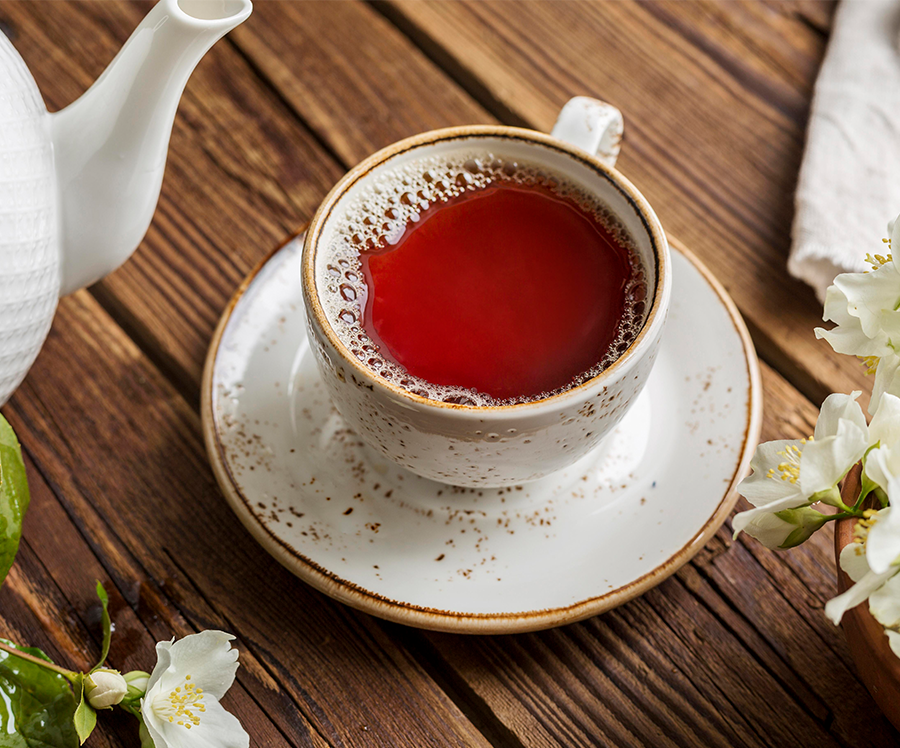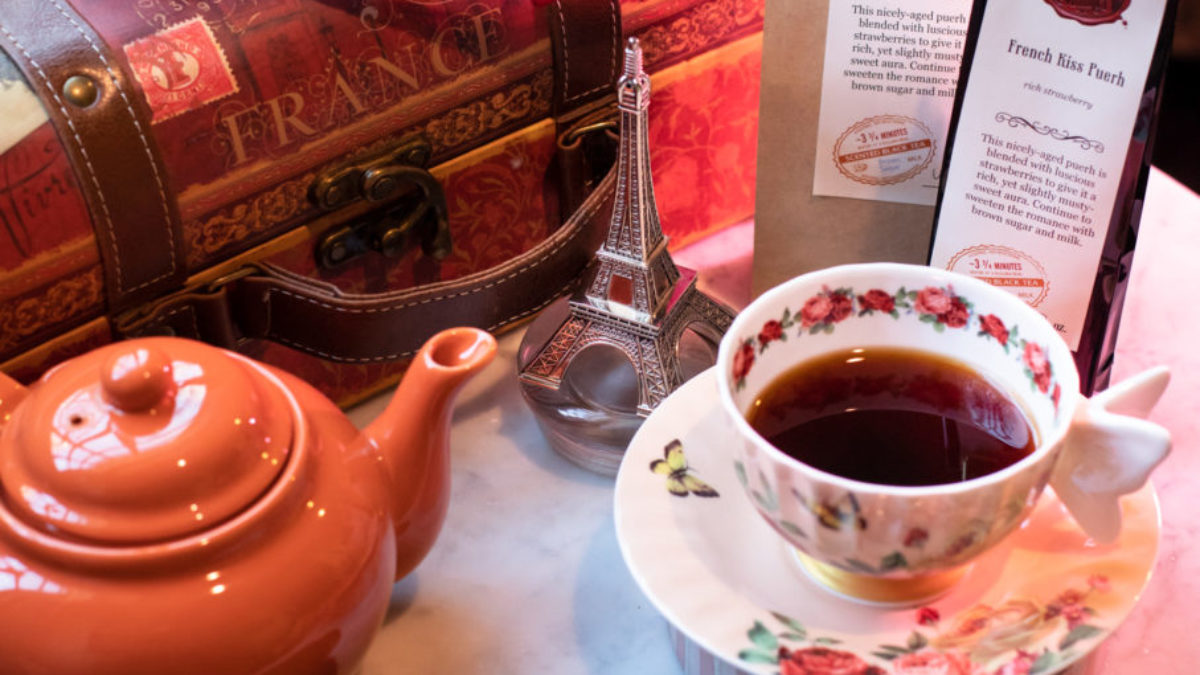Jasmine tea is more than just another drink; it's a nourishing blend of history, flavor, and health benefits. For tea enthusiasts, health-conscious individuals, and those seeking wellness, knowing the ins and outs of jasmine tea can enhance your daily rituals and improve your overall well-being. In this guide, you’ll discover the many advantages of jasmine tea, learn how to brew it effectively, explore the best food pairings, and find ways to weave it into your wellness practices. Let’s dive in!
The Health Benefits of Jasmine Tea
Jasmine tea is celebrated not only for its enchanting aroma but also for its health benefits. You might think of it as just a fragrant brew, but its impact on mental and physical health is noteworthy.
Recent research has unveiled that jasmine tea consumption can significantly boost mental health. For instance, a 2019 study published in Nutrients found that drinking jasmine tea was associated with a reduction in anxiety and depression symptoms, largely thanks to the combination of L-theanine and caffeine in the tea. This balance allows you to feel relaxed yet alert.
When it comes to cardiovascular health, the benefits are equally compelling. A 2020 meta-analysis established that drinking three or more cups of green tea, including jasmine green tea, was linked to a 23% lower risk of heart disease. So, enjoying this fragrant tea may not only soothe your senses but also support your heart health.
Infographic displaying the numerous health benefits of jasmine tea (Source: Harney & Sons)
Brewing the Perfect Cup of Jasmine Tea
To truly appreciate jasmine tea, learning how to brew it correctly is essential. Here’s a straightforward guide for you to follow to ensure that every cup brings out the best in this delightful beverage.
Start with high-quality jasmine tea leaves, as the quality directly affects the final brew. Bring your water to a boil and then let it cool slightly; a temperature of about 175°F (80°C) works best to protect the delicate flavors. Allow the leaves to steep for about 2 to 3 minutes. If you're working with different types of jasmine teas—green, white, or oolong—you'll want to adjust the steeping time accordingly.
Using a clear glass teapot or cup not only makes for an aesthetically pleasing presentation but also allows you to enjoy the beauty of the tea as it brews.

Step-by-step brewing process of jasmine tea (Source: Oh How Civilized)
Pairing Jasmine Tea with Food
Jasmine tea's delicate floral notes can significantly elevate your meals when paired correctly. It complements a variety of dishes that enhance its subtlety without overwhelming your palate.
Consider enjoying jasmine tea with light foods such as a lemony chicken salad, seafood dishes, or various Asian cuisines like sushi and dumplings. The refreshing properties of jasmine tea beautifully cut through richer flavors, providing a harmonious balance.
If you wish to try something sweet, jasmine tea-infused desserts—like panna cotta or jasmine-flavored cookies—offer a unique culinary twist. The floral notes in these dishes add depth, making them perfect for special occasions.

Colorful food pairings showcasing various dishes that complement jasmine tea (Source: Shopify)
How Jasmine Tea Affects Your Mood and Stress
Drinking jasmine tea can be more than a calming ritual; it may also be an excellent way to manage stress. You might find that making time for a cup of jasmine tea becomes an important part of your day.
As supported by the 2019 study mentioned earlier, the components of jasmine tea promote relaxation and potentially reduce anxiety. Many tea drinkers report that incorporating jasmine tea into their routines helps create a more tranquil environment.
You could consider setting aside specific times during your day to enjoy your tea mindfully—perhaps during a break at work or as part of your winding down routine in the evening. This simple act of taking a moment for yourself can have profound effects on your mood.

A serene environment illustrating the calming effects of jasmine tea (Source: Freepik)
Exploring Different Varieties of Jasmine Tea
Not all jasmine tea is the same; various types can offer distinct flavor profiles and experiences. Your choice of tea can greatly influence your overall enjoyment.
Typically, jasmine tea comes in green, white, or oolong varieties. Green jasmine tea is widely appreciated for its light, refreshing nature, while white jasmine tea tends to promote a more delicate, fruity aroma. Oolong jasmine tea combines a richness with floral nuances, providing a complex taste experience. By understanding these differences, you can select the tea that best fits your preferences.

Visual guide showcasing the various types of jasmine tea and their flavors (Source: The Tea Shelf)
Incorporating Jasmine Tea into Your Wellness Routine
Integrating jasmine tea into your daily wellness routine can be both enjoyable and beneficial. You might consider it as part of your morning ritual or a calming evening routine.
In addition to sipping it, think about culinary uses for jasmine tea. You can infuse it into rice dishes or use it in desserts to add a unique flavor profile. This not only enhances your meals but also maximizes the health benefits you receive from the tea.

Elements of a daily wellness routine that include jasmine tea (Source: St. James Tea Room)
Understanding the Risks of Jasmine Tea Consumption
While jasmine tea provides numerous health benefits, it’s important to consume it in moderation. The caffeine content in jasmine tea can lead to restlessness or disrupt sleep patterns if consumed in large amounts.
If you take medications or have health conditions, consider consulting a healthcare professional before making jasmine tea a regular part of your diet. This step is particularly crucial for anyone who is sensitive to caffeine.

Warning graphic highlighting potential side effects of jasmine tea (Source: Amazon)
Identifying High-Quality Jasmine Tea
Choosing high-quality jasmine tea can enhance your drinking experience while benefiting your health. When selecting tea, pay attention to its appearance, aroma, and freshness. High-quality jasmine tea generally features vibrant leaves and a captivating floral scent.
Always read labels carefully to ensure you choose organic and sustainably sourced teas. Opting for reputable brands helps you enjoy both a more flavorful cup and peace of mind knowing that you're making a responsible choice.

Educational comparison displaying quality differences between jasmine tea options (Source: I Tea World)
Creative Culinary Uses of Jasmine Tea
Jasmine tea can inspire your culinary creativity. It’s not just for sipping; you can incorporate it into various dishes that elevate flavors and aromas.
Consider using jasmine tea as a broth for cooking grains or creating infused desserts. Jasmine tea cupcakes or fruit drenched in jasmine aroma can be delightful surprises for your guests. Experimenting with this aromatic tea in the kitchen opens a world of possibilities and can make mealtime more exciting.

Creative dishes incorporating jasmine tea in cooking (Source: Adventures in Cooking)
Conclusion
Jasmine tea serves as a wonderful addition to your wellness toolkit, providing numerous benefits that extend beyond mere refreshment. Whether you enjoy it as part of your morning routine, alongside delicious meals, or as a calm evening ritual, this aromatic tea can enrich your life.
As you explore the various aspects of jasmine tea, remember to focus on quality, moderation, and creativity. With each cup, you’re not just indulging in a beverage; you’re engaging in a rich tradition that promotes health and well-being. Enjoy your journey with jasmine tea, and let it be a comforting part of your daily life.









0 Comments